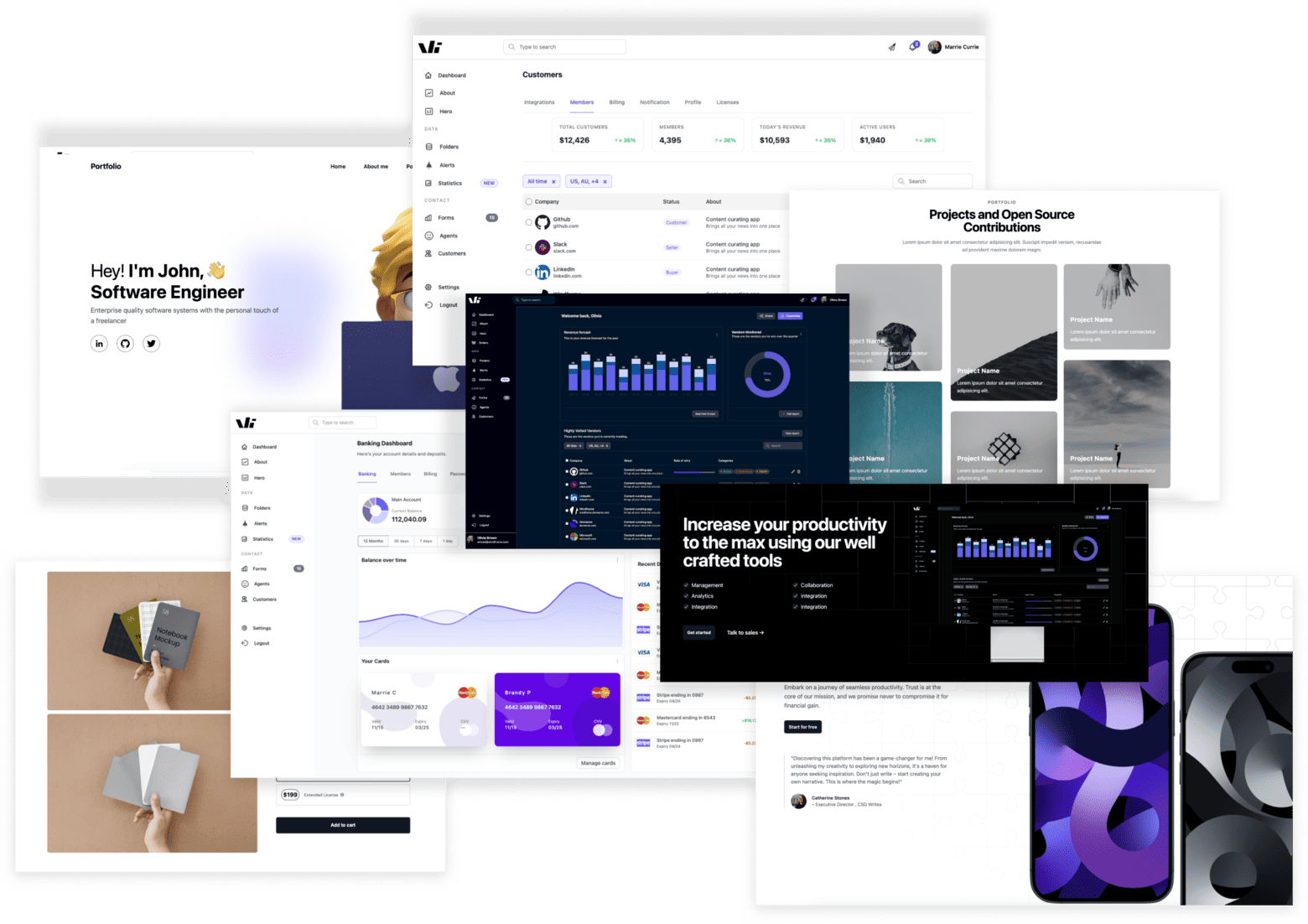Why is Tailwind CSS better than other CSS framework

Why Tailwind CSS is the Ultimate CSS Framework in 2025
If you’ve ever struggled with bloated CSS files, rigid design systems, or inconsistent styling in projects using Bootstrap or Foundation, you’re not alone. Traditional CSS frameworks often prioritize convenience over flexibility, leaving developers fighting defaults instead of crafting unique designs.
Enter Tailwind CSS—a utility-first framework adopted by giants like Netflix, Shopify, and Microsoft. In this post, we’ll explore why Tailwind CSS is dominating the ecosystem and how it solves the pain points of older frameworks.
What is Tailwind CSS?
Tailwind CSS is a utility-first CSS framework that provides low-level class names to style elements directly in your HTML. Instead of prebuilt components (like Bootstrap’s buttons or modals), Tailwind gives you building blocks like bg-blue-500 (background color) or mt-4 (margin-top) to create fully custom designs without writing CSS.
10 Reasons Why Tailwind CSS Outshines Competitors
1. Utility-First Flexibility: Build Without Bloat
Tailwind’s atomic classes (e.g., flex, p-4, text-center) let you style elements directly in HTML. No more overriding !important Bootstrap styles or wrestling with prebuilt components.
<!-- Bootstrap --><button class="btn btn-primary">Click Me</button>
<!-- Tailwind --><button class="bg-blue-500 px-4 py-2 rounded-lg text-white hover:bg-blue-600"> Click Me</button>Result: Cleaner, semantic markup with zero unused CSS in production.
2. Unmatched Customization
Tailwind’s tailwind.config.js lets you define brand-specific colors, spacing, and breakpoints. Unlike Bootstrap’s rigid themes, you’re not stuck with primary-blue or danger-red.
// tailwind.config.jsmodule.exports = { theme: { colors: { brand: "#2F80ED", // Your unique brand color }, },};Use bg-brand in your HTML, and watch your design system thrive.
3. Faster Responsive Development
Tailwind’s mobile-first breakpoints simplify responsive design:
<div class="text-center md:text-left lg:flex"> <!-- Mobile: Centered text → Desktop: Left-aligned text in flexbox --></div>No more writing custom media queries or digging through CSS files.
4. SEO-Friendly Performance
Tailwind’s integration with PurgeCSS removes unused styles, slashing CSS file sizes by up to 90%. Smaller files mean faster page loads—a critical Google ranking factor.
5. Consistent Design Systems
Forget debating hex codes or spacing values. Tailwind enforces consistency with predefined design tokens:
-
mt-4 = 1rem margin-top
-
max-w-3xl = 48rem max-width
-
text-lg = 1.125rem font size
Your team stays aligned, and your UI stays pixel-perfect.
6. Scalable Maintenance
Traditional CSS becomes a nightmare at scale. With Tailwind, styles are localized to components, so changing a button’s color won’t break your navbar.
7. Developer Experience Supercharged
Autocomplete: IDE extensions (VS Code, WebStorm) suggest classes as you type.
No Naming Hell: Ditch debates over .card-header-wrapper vs .header-card.
8. Seamless Component Integration
Pair Tailwind with React, Vue, Svelte, or Svelte to create reusable UI components without CSS conflicts:
// React Componentfunction Button({ children }) { return ( <button className="bg-brand px-6 py-3 rounded-full">{children}</button> );}9. Arbitrary Values for Edge Cases
Need a one-off style? Use Tailwind’s square-bracket notation:
<div class="w-[200px] h-[calc(100vh-4rem)]"> <!-- Custom width and height without config changes --></div>10. Thriving Ecosystem
From plugins like @tailwindcss/forms to templates like Tailwind UI, the ecosystem saves hundreds of development hours.
Tailwind CSS SEO Benefits: Beyond Smaller Files
-
Faster LCP (Largest Contentful Paint): Reduced CSS = quicker rendering.
-
Lower CLS (Cumulative Layout Shift): Predictable utility classes stabilize layouts.
-
Mobile-First Priority: Built-in responsive utils improve mobile scores.
Conclusion: Should You Switch to Tailwind CSS?
If you’re building a custom, scalable, and performant web app, Tailwind CSS is the clear winner. It’s not just a framework—it’s a modern workflow that bridges design and development.
🚀 Ready to Try Tailwind? Check out our step-by-step guide: How to Set Up Tailwind CSS in React..
Windframe is an AI visual editor for rapidly building stunning web UIs & websites
Start building stunning web UIs & websites!
